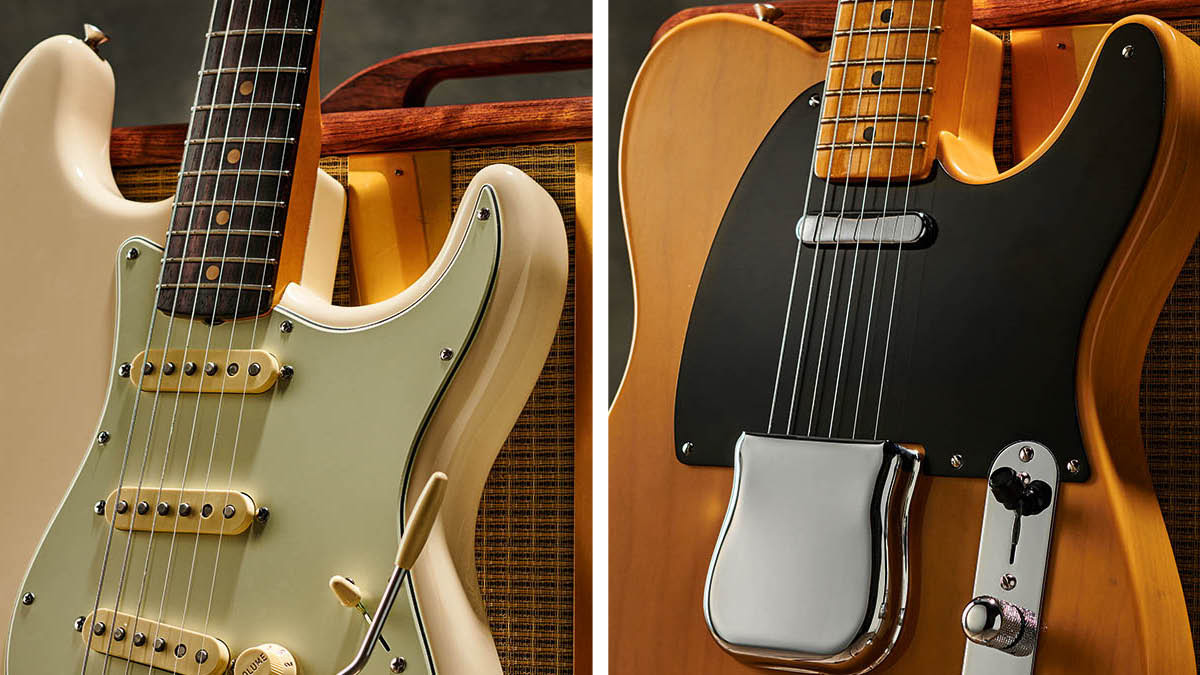MusicRadar Verdict
Pristine time-capsule Fender at prices to undercut the Custom Shop, the American Vintage II series is an inspired trip down memory lane that succeeds because the builds are great, the tones are awesome, and because the instruments are as relevant today as they were when they were first conceived.
Pros
- +
Good value when compared against Custom Shop.
- +
Spec'd up for originalists.
- +
Authentic sounds and feel.
- +
No ageing will be a plus for money.
- +
Tip-top builds and finish.
Cons
- -
Nothing calls attention to itself here.
- -
No left-handed '61 Strat.
MusicRadar's got your back
Fender American Vintage II ’51 Telecaster and ’61 Stratocaster: What are they?
Having been wowed by the American Vintage II 1975 Telecaster Deluxe, one of the perennially underrated classics from the Fender canon, this time we turn our attention to two models that many electric guitar aficionados would posit as two of the all-time greats – the 1951 Telecaster, and the 1961 Strat.
The Tele that this reissue is based upon is the instrument that gave rise to the phrase and variants thereof, ‘Leo Fender got it right the first time around’, and offers plenty of evidence to support such assertions. The Strat, with its slab rosewood fingerboard that would a year later be changed to a round lam, is for many the acme of the type.
That we are talking about these two new-for-2022 models as though they were plucked from the vintage market, and that is the point. Fender has done the American Vintage line before – hence the “II” – and has most recently got its retro-inspired kicks from the American Original lineup, which had its fair share of doozies, such as the American Original ‘60s Tele in Lake Placid Blue, a guitar to make you swoon.
There is also the Mexican-made Vintera line, which offers an ‘inspired by…’ vintage Fender lineup, a range of electrics and bass guitars that is not overly worried about forensically reproducing spec from 196o-something but instead uses those old-school design principals as a jumping off point. The results were very impressive, including Road Worn Vintera models with lived-in finishes, even if they were not going to make purists sleepless with ardour.
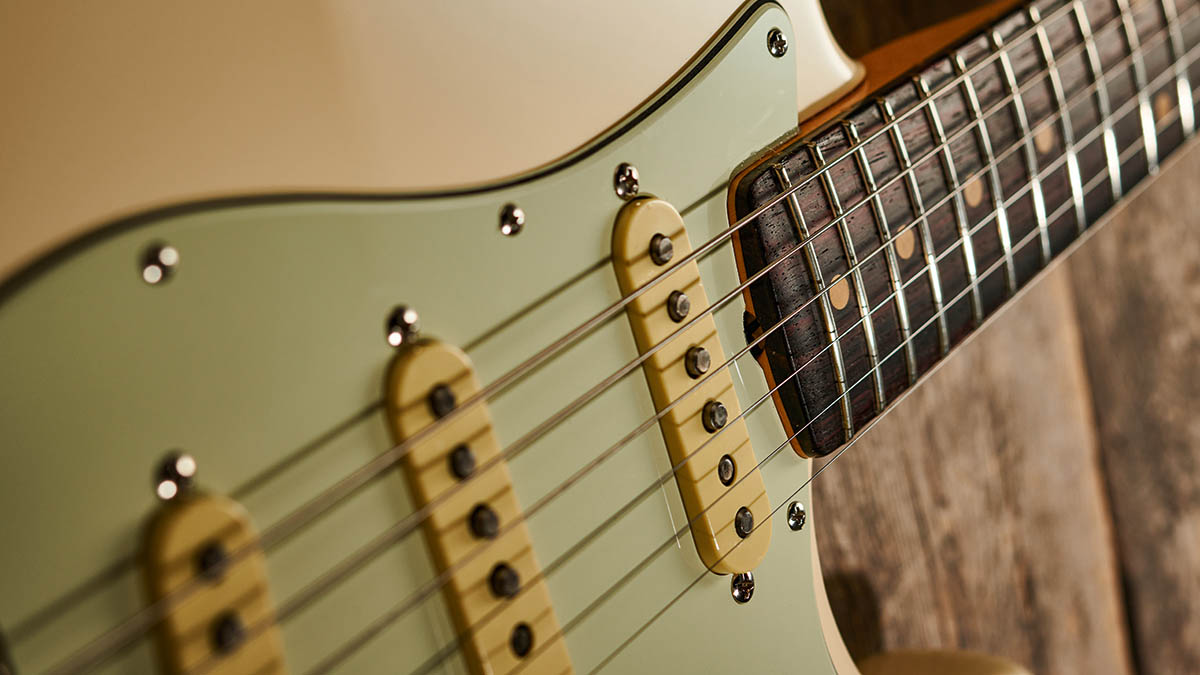
These American Vintage II models, however… Well, nitro-sniffers might want to start counting sheep; they arrive with the promise that they are built to original specs, and if the Custom Shop has always been the repository of all your wildest high-end electric guitar dreams, then these, priced comfortably a grand cheaper, might make some players reevaluate that calculation.
The 1951 Telecaster is one of the most recognisable guitars ever made, and it comes in a Butterscotch finish that looks good enough to eat, is positively calorific, and is covering a body of solid ash. The ’61 Stratocaster is finished in Olympic White, with Fiesta Red and 3-Color Sunburst also available, and it has an alder body.
Both have bolt-on maple necks, the Telecasters having a fuller profile and a skunk stripe down the back, the Strat’s slinkier C shape. The 7.25” radius on the fingerboards – rosewood, as mentioned, for the Strat, maple for the Tele – is straight out of the old-school, with generous curvature for the index finger to barre the strings, and as anyone will tell you, that means comfort for chords, and properly set up, you can still bend the strings over those narrow/tall frets.
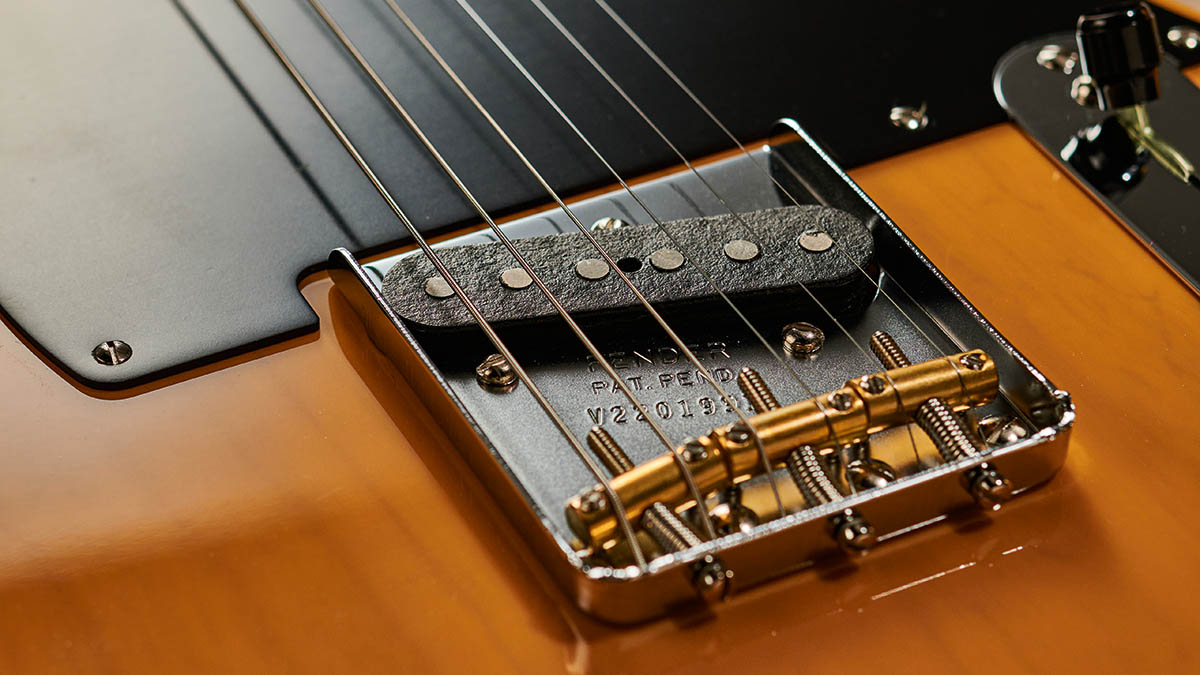
The builds on these really are flawless, and they have been put together in almost exactly the same fashion as they would have done decades ago, with Fender referencing original models from each specific year to ensure the specs are up to snuff.
It’s nice to see a vintage-inspired guitar without any ageing on the table. These with their nitro gloss finishes will age nicely on their own terms, and that seems like an old-fashioned value that is worth keeping around – let the player do the ageing.
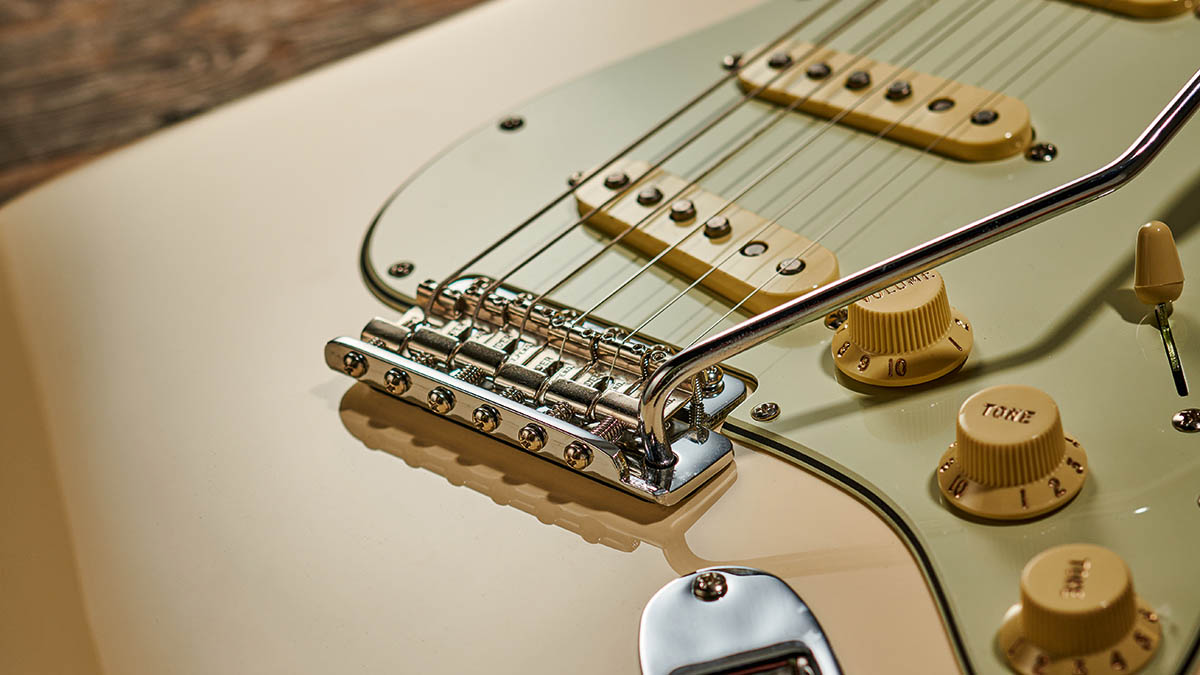
As you might expect, Fender has gone to the archive for the hardware, too. The Telecaster has an ashtray-style bridge, with a trio of uncompensated brass saddles (which may be worth upgrading for improved intonation), a serial number on the plate, and the Strat has a vintage vibrato with Fender-branded bent steel saddles. Kluson-style tuners adorn both headstocks.
As with previous vintage reissues, Fender has opted for Pure Vintage electric guitar pickups here, each custom voiced to make it as close to the originals as possible.
The originals were responsible for some of the most foundational sounds in popular music, so even before you plug in there is a reasonable expectation of the sort of magic you are in for. The quality of the build, the attention to detail, and the proportions of the guitars all heighten that expectation.
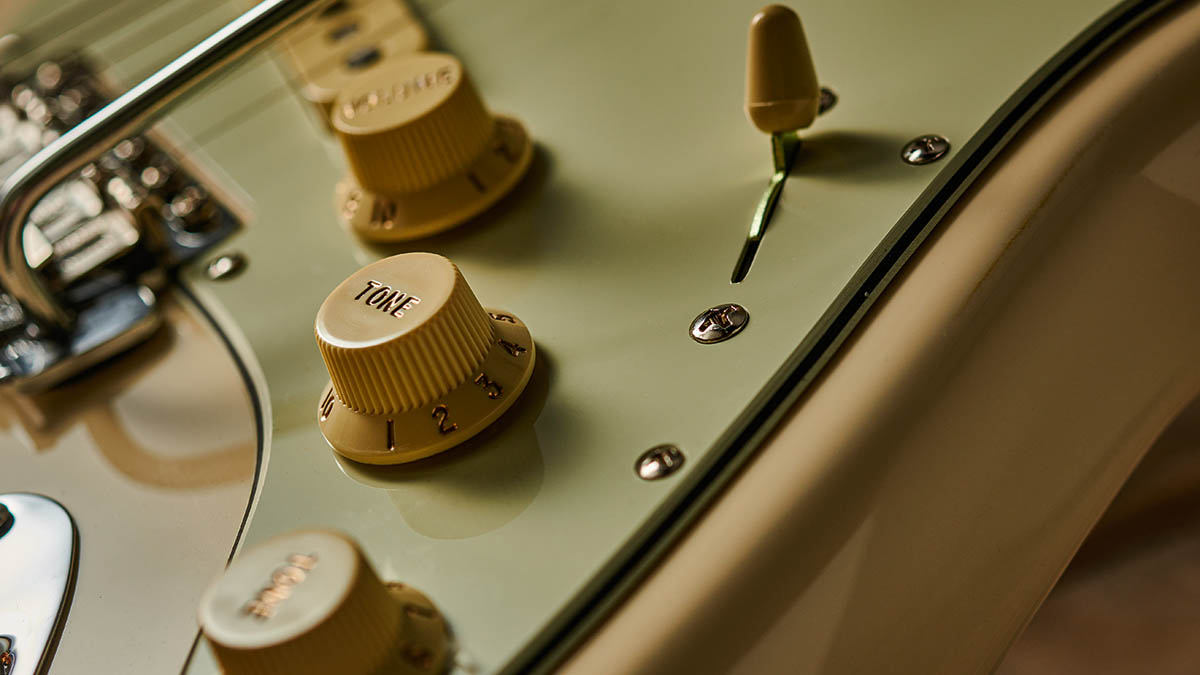
Fender American Vintage II ’51 Telecaster and ’61 Stratocaster: Performance and verdict
They do not disappoint. It’s hard to guess what players might need convincing of with any particular guitar. Here, we’d take a stab at the fingerboard radius. We live in an era of flat ‘boards and fat frets.
It’s unusual to see a mainstream manufacturer revert to ‘50s and ‘60s specs. But it’s hardly like sitting down to watch a Netflix show on a cathode ray tube television. The human body has not changed.
The comfort and support offered to the player are superlative, and if we’re talking playability, the Strat in particular takes some beating – after all, there was always the sense that the Telecaster was the Model T and the Strat the Cadillac.
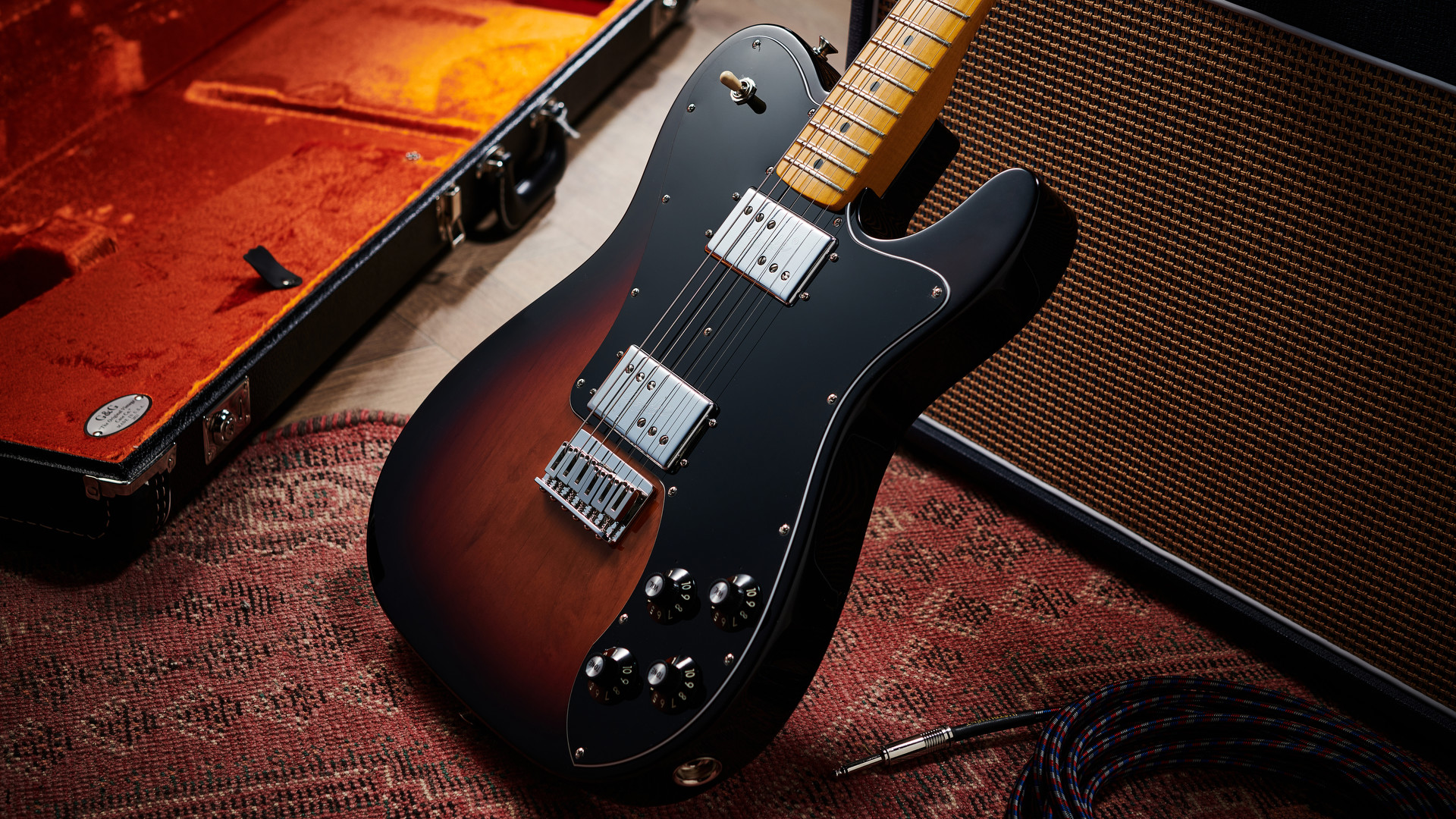
• Fender American Vintage II 1975 Telecaster Deluxe
The first authentic, US-made production Fender Telecaster Deluxe in over 40 years is a hugely likeable guitar that still offers a fresh take on not just the Tele but the humbucker sound too. We hope this is just the start of a Deluxe renaissance.
• Fender Vintera 50s Telecaster Modified
As your gateway to the world of vintage (and modified vintage) Fender, these guitars are hugely valid, whatever they’re now called. They remain go-to choices for players on a budget and we’d suggest there’s enough refinement and build quality that’ll surprise many sniffier punters.
The chunky U profile of the Telecaster neck, however, will please many a player, and both offer players a playing experience that satisfies the time-capsule appeal of these designs and also one that validates them as fit for purpose and relevant for the 21st-century player.
That said player might have something digital on the floor, more sounds, and more options, but there’s something fun about sticking these through a tube amp to heighten the vintage illusion.
Tastes have changed, but the sound of a Tele or Strat single-coil lubricated with a splash of spring reverb – and maybe a little slapback – remains an irresistible siren call for players of all persuasions.
One of the reasons these guitars were so successful was that those core tones could be built upon; the voicings are vintage, classic, eternal and yet they invite experimentation, with pedalboards, amps, new sounds and styles. It is worth reminding ourselves of that because the vintage enthusiast will already be an easy mark for these.
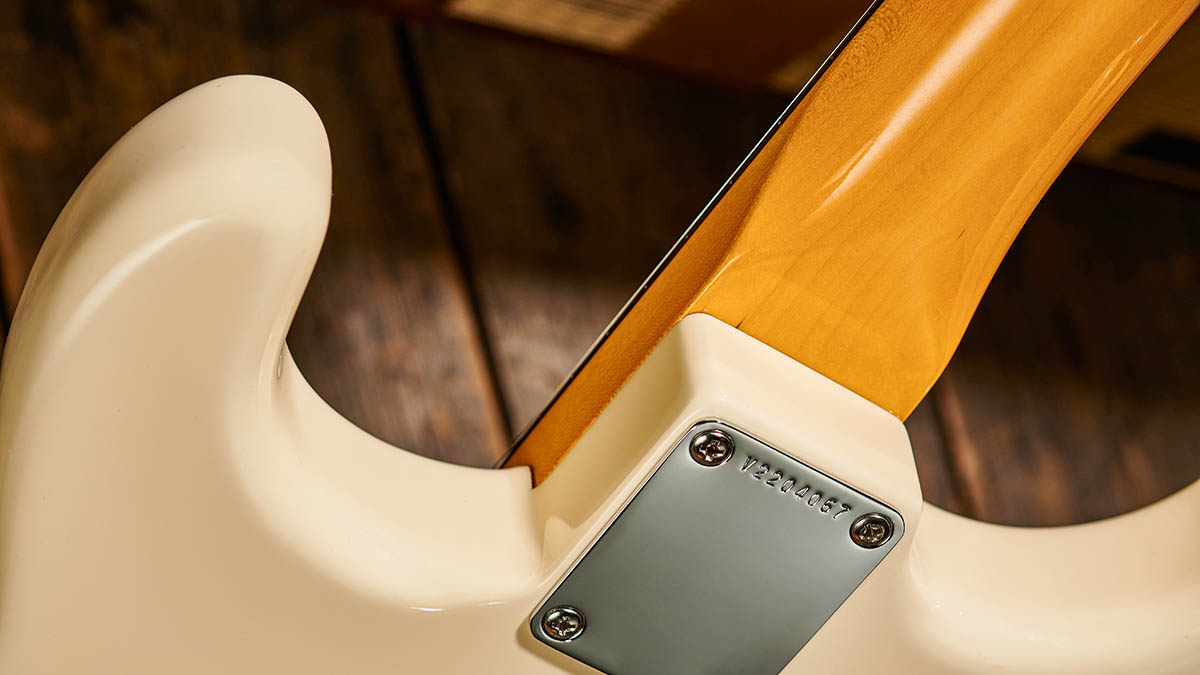
The amount of high end available on both guitars’ bridge pickup might be bracing but that its never shrill or overly piercing, and that sharpness and clarity was very much the order of the day when these were first designed. You can always easily roll some off – this Strat’s bridge pickup has its own tone pot – and if you’re confronted with a dull amp, or a mix that’s crowded, that frequency response is often just what’s needed.
These guitars are archetypes and that is what you get tone-wise. The Strat sounds like Fender Stratocaster should, which is to say it covers more bases than most. It is not the most successful guitar design of all for nothing.
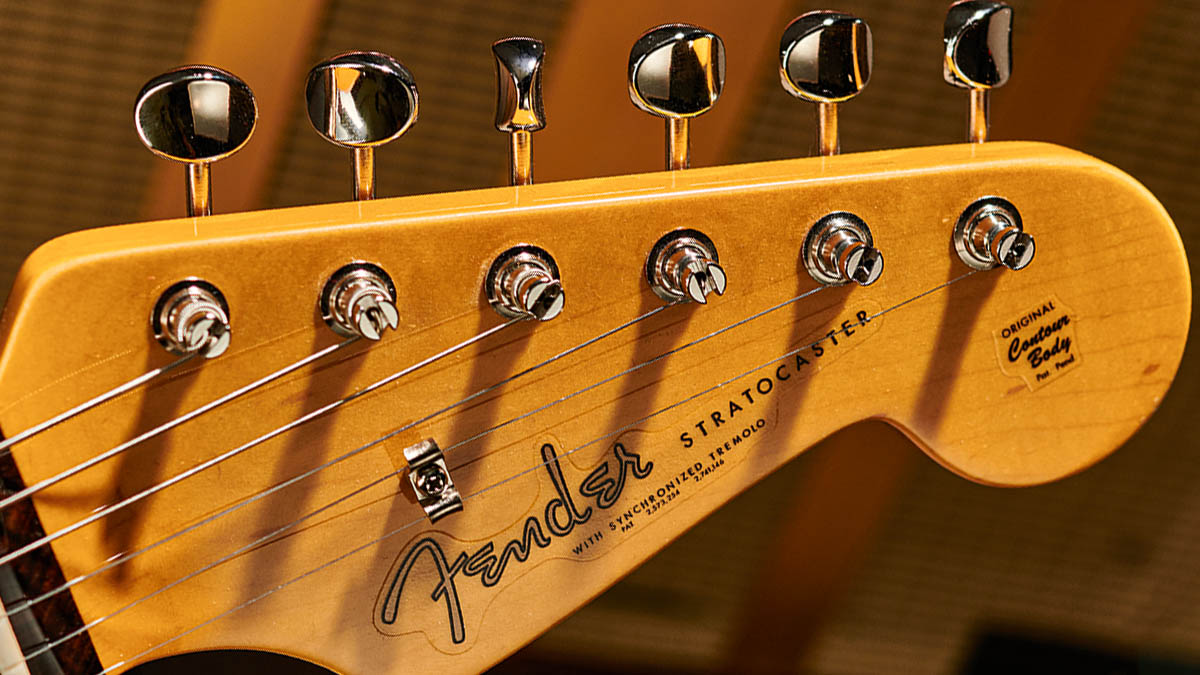
The Telecaster has all the sibilance and vibrancy that you would expect and demand of a bridge single-coil, while it is a well-known medical fact how difficult it is to put one of these down once you’ve started playing around on the neck pickup.
For all the Tele’s ubiquity in guitar culture over the years, it still feels like the middle position is somewhat unclaimed, unheralded, and ripe for rediscovery. It makes what is the most simple of electric guitars welcome in any musical company.
At these prices, which are not cheap but put plenty of fiscal distance between the Custom Shop, these American Vintage II series looks hard to beat for a top-tier US-made Fender instrument that is faithful to the original recipe, and whose presence on the 2022 range alongside their modernistic counterparts is testament to the staying power of their design.
Maybe some players with this kind of money would rather spend a little more and have some of the ageing done for them. The Fender Custom Shop knows what it is doing in that regard. It isn’t going anywhere anytime soon. But there surely are many who don’t. These immaculate repros are for them. The ’51 Telecaster and ’61 Strat were fine vintages. They still are.
MusicRadar verdict: Pristine time-capsule Fender at prices to undercut the Custom Shop, the American Vintage II series is an inspired trip down memory lane that succeeds because the builds are great, the tones are awesome, and because the instruments are as relevant today as they were when they were first conceived.
Fender American Vintage II ’51 Telecaster and ’61 Stratocaster: The web says
"The guitars are built to supreme levels of craftsmanship; they play beautifully and sound amazing, just what a great Strat and Tele should be. What’s more, their single-coil clarity will transcend to blues and rock guitar bliss through a decent pedalboard into a cleanish amp."
Guitarist
Fender American Vintage II ’51 Telecaster and ’61 Stratocaster: Hands-on demos
Fender

Guitarist
Andertons
Fender American Vintage II 1951 Telecaster: Specifications
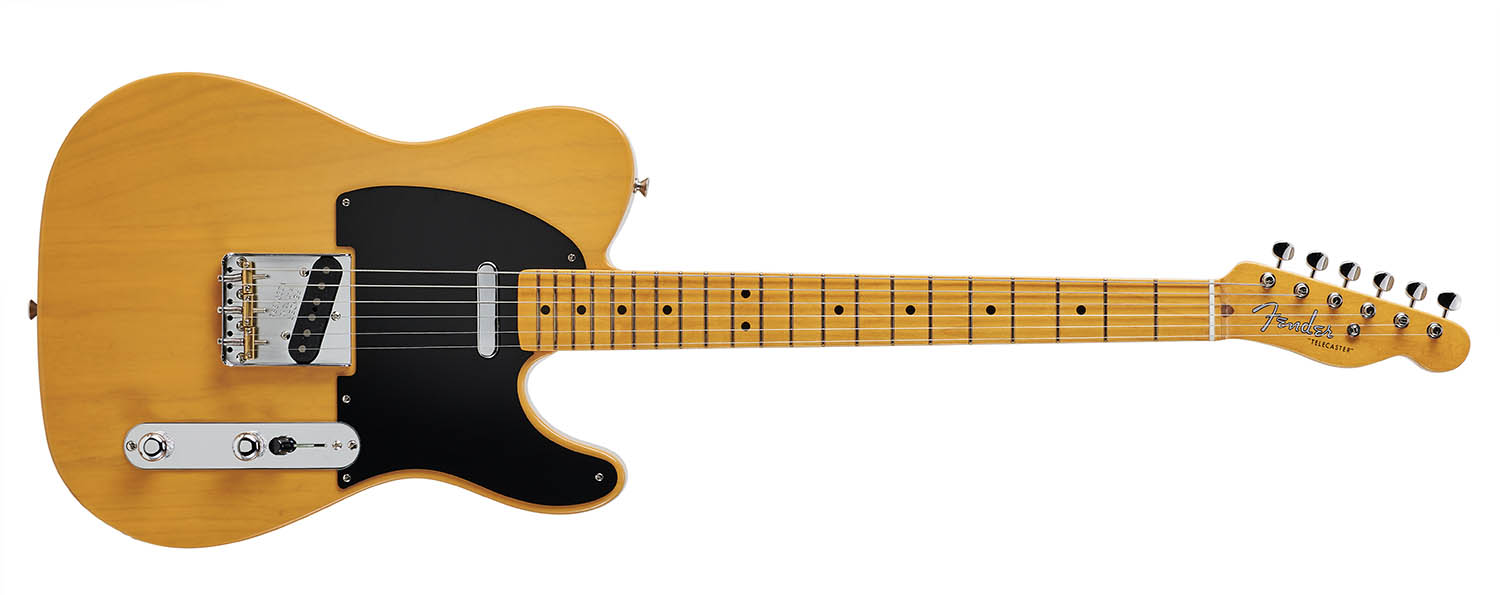
- ORIGIN: USA
- TYPE: Double-cutaway electric
- BODY: 2-piece alder
- NECK: Maple, medium C profile, bolt-on
- SCALE LENGTH: 648mm (25.5”)
- NUT/WIDTH: Bone/42mm
- FINGERBOARD: Rosewood (slab-style), clay dots, 184mm (7.25”) radius
- FRETS: 21, ‘vintage tall’
- HARDWARE: Fender Pure Vintage vibrato with cold rolled steel block and 6x bent steel saddles; Fender Deluxe vintage-style tuners
- STRING SPACING, BRIDGE: 56mm
- ELECTRICS: 3x Fender Pure Vintage 61 single coils; 5-way lever pickup selector switch, master volume, tone 1 (neck and middle), tone 2 (bridge)
- WEIGHT (kg/lb): 3.65/8.04
- LEFT-HANDERS: AV II ’57 Stratocaster LH (£2,049)
- FINISH: Olympic White (as reviewed), Fiesta Red, 3-Color Sunburst – all gloss nitrocellulose
Fender American Vintage II 1961 Stratocaster: Specifications
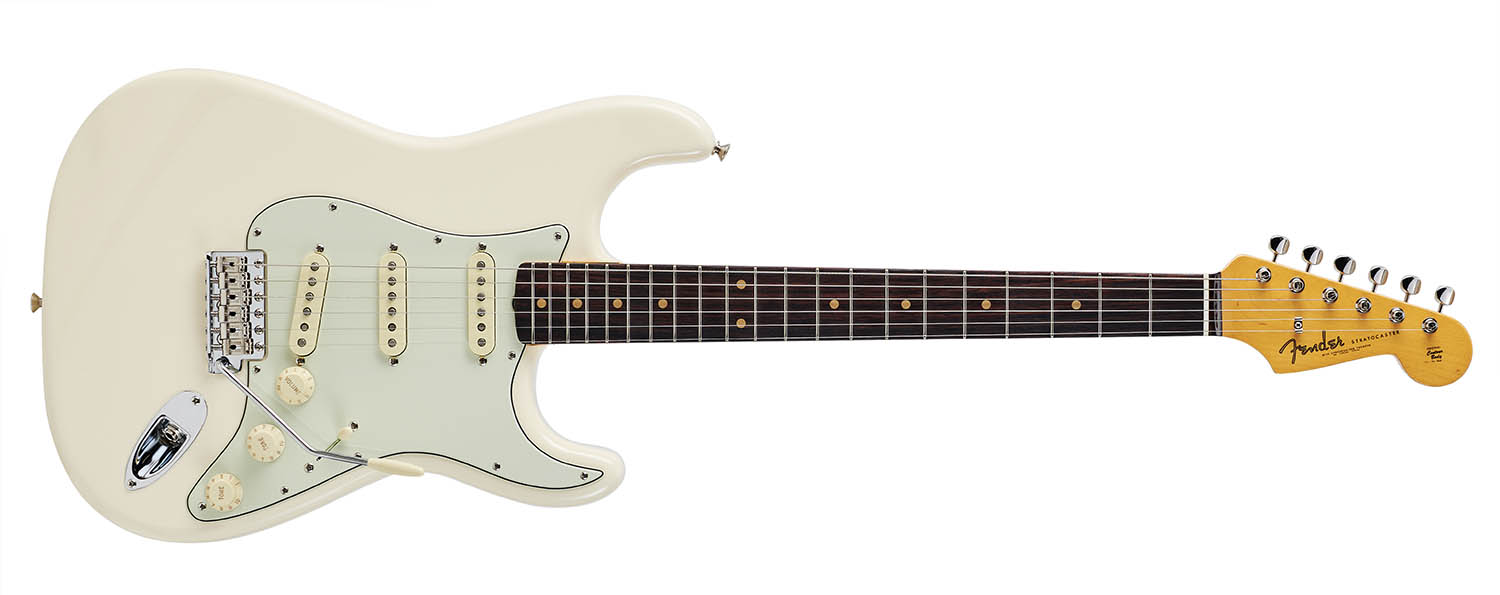
- ORIGIN: USA
- TYPE: Single-cutaway electric
- BODY: 2-piece ash
- NECK: Maple, U-shaped profile, bolt-on
- SCALE LENGTH: 648mm (25.5)
- NUT/WIDTH: Bone/42mm
- FINGERBOARD: Maple, integral to neck, black dot inlays, 184mm (7.25”) radius
- FRETS: 21, ‘vintage tall’
- HARDWARE: Fender Pure Vintage 3-Saddle Tele bridge with brass barrel saddles; Fender Deluxe vintage-style tuners; chrome-plated control plate with knurled metal knobs
- STRING SPACING, BRIDGE: 56mm
- ELECTRICS: 2x Fender Pure Vintage 51 single coils; 3-way lever pickup selector, master volume and tone
WEIGHT (kg/lb): 3.35/7.365 - LEFT-HANDERS: AV II ’51 Telecaster LH (£2,099)
- FINISH: Butterscotch Blonde (as reviewed) – all gloss nitrocellulose
- CONTACT: Fender
MusicRadar is the number one website for music-makers of all kinds, be they guitarists, drummers, keyboard players, DJs or producers...
- GEAR: We help musicians find the best gear with top-ranking gear round-ups and high-quality, authoritative reviews by a wide team of highly experienced experts.
- TIPS: We also provide tuition, from bite-sized tips to advanced work-outs and guidance from recognised musicians and stars.
- STARS: We talk to musicians and stars about their creative processes, and the nuts and bolts of their gear and technique. We give fans an insight into the craft of music-making that no other music website can.
"It was ugly, like watching a divorce between four people. After a while, I had to get out": Beatles engineer Geoff Emerick on the recording of Abbey Road, track-by-track
"I said, “What’s that?” and they said, “It’s what Quincy Jones and Bruce Swedien use on all the Michael Jackson records": Steve Levine reminisces on 50 years in the industry and where it’s heading next
“Excels at unique modulated timbres, atonal drones and microtonal sequences that reinvent themselves each time you dare to touch the synth”: Soma Laboratories Lyra-4 review
